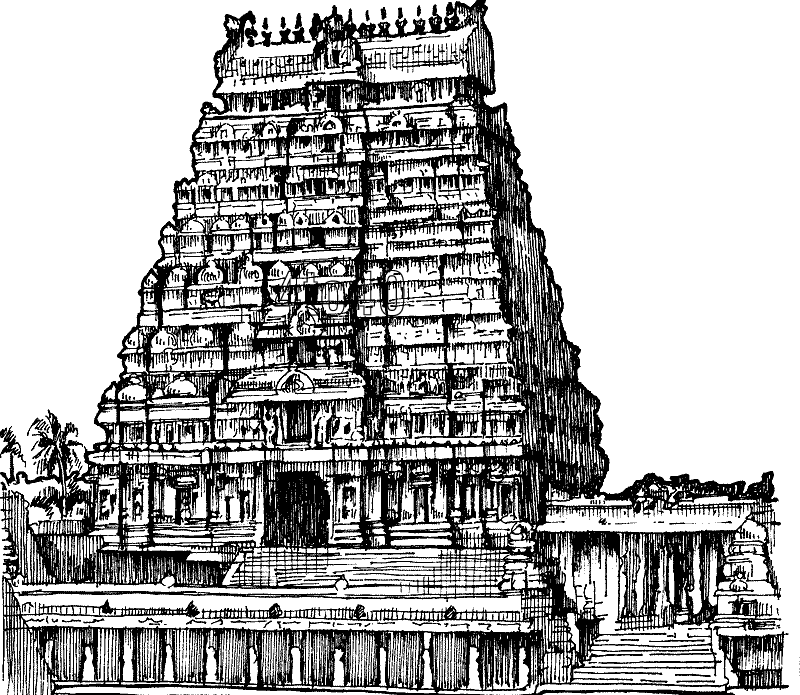LALITHA SAHASRANAMAM
@ S. Subramaniam

शरच्चन्द्रनिभानना (129)
Sarat Chandra Nibhanana (129)
Meaning:
Devi's face is like the moon of the autumn season.
Interpretation:
The namah is to be split as Sarat + Chandra + Nibhanana. Sarat refers to the autumn season and Chandra stands for the moon. Nibha in nibhanana means equivalent to.

As per the Indian Almanac two Solar months constitute a Ritu (season) and there are six such Ritus - Vasanat, Greeshma, Varsha, Sarat, Hemanta and Sishir. During Sarat Ritu, the moon appears brighter and without blemishes. Hence Devi's face has been compared to the moon of Sarat Ritu.
Adi Shankara & Soundarya Lahari.
Similarly in Soundarya Lahari too, Devi's face has been compared to the moon of autumn by Adi Shankara.

शरद ज्योत्सना शुद्धम शशि युता जटा जुट मकुटम
Sarat Jjyotsna Shuddham Shashi Yuta Jata Uta Makutam
O Devi! Your face is like the white autumn moon and on your head with a crown is adorned with the crescent moon and flowing hair - describes the great sage. It may be interesting to note here that Shankara has used the word Moon twice in the same line Jyotsna (Moon) referring to the face and Shashi (also Moon) referring to the crescent moon on the crown.
Author's Notes:
Apart from LSN and SL, Devi's face has been compared to the (autumn) Moon in both Lalita Trishati (a hymn containing 300 Names of Lalitha Devi) and Devi Mahatmyam.
Namah # 149 of Lalitha Trishati says: Om kalanatha Mukhyai Namah which means the one who has face like a full moon.

In Devi Mahatmyam there is mention about Devi's face which has been described as : Ishath Sahasam Amalam Paripoorna Chandra Bhibanukari Kanakottama Kanthi Kantham
When translated, the above lines mean: Gently smiling, pure, resembling the full moon’s orb, beautiful like the splendor of excellent gold is Your face O Devi!
Disclaimer: All matters contained in this article are the property of www.templesofasia.com. The opinions expressed in this article are purely that of the author. The author alone is responsible for the accuracy, authenticity, completeness and validity of all the information in the article.


Comments